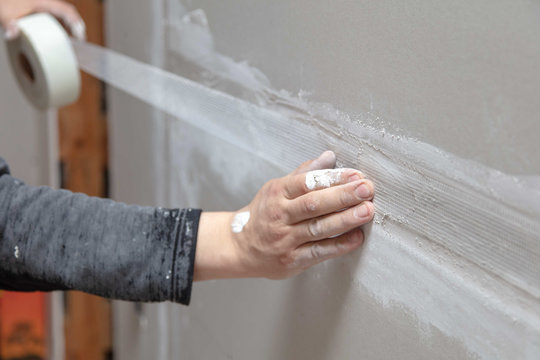Drywall is a common material used in construction and home renovation projects to create smooth, flat walls and ceilings. Whether you are installing new drywall, repairing damaged drywall, or painting an existing drywall surface, it is important to have the right tools, materials, and techniques to achieve a professional finish.
In this article, we will cover the basics of drywall installation, repair, and painting. We will discuss the steps involved in each process, as well as tips and tricks to help you achieve a flawless result. Whether you are a seasoned DIYer or a first-time homeowner looking to tackle a project, this guide will provide you with the knowledge you need to successfully work with drywall.
Installing New Drywall
When installing new drywall, start by measuring and cutting the sheets to fit the desired area. Use a drywall lift to position the panels against the wall or ceiling for easier installation. Secure the drywall sheets with screws, making sure to countersink them slightly below the surface. After all the panels are in place, apply drywall tape and joint compound to fill in the seams and screw indentations. Sand the surface smooth before priming and painting your newly installed drywall. For a professional finish, consider hiring Remodeling, Painting experts who can ensure a flawless result.

Repairing Damaged Drywall
To repair damaged drywall, start by cutting out the damaged section with a utility knife. Cut a new piece of drywall to fit the hole and secure it in place with screws. Apply drywall tape and joint compound to cover the seams and blend them into the surrounding wall. Sand the area smooth and prime before painting to seamlessly integrate the repair with the rest of the wall. If you’re not confident in your repair skills, consider reaching out to professionals specializing in Remodeling, Painting for a flawless finish that will restore your walls to their original condition.
When it comes to painting drywall, preparation is key. Make sure to prime the surface before painting to ensure proper adhesion and a smooth finish. Use high-quality paint and tools to achieve the best results, and take your time to apply the paint evenly for a professional look. Whether you are installing new drywall, repairing damaged areas, or painting existing surfaces, following these guidelines and seeking help from professionals when needed will help you achieve beautiful, long-lasting results that enhance the overall look of your space.

Leave a Reply